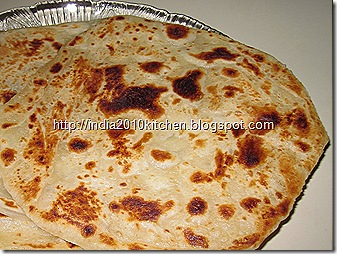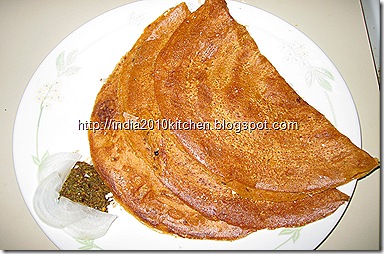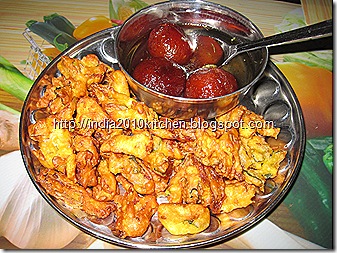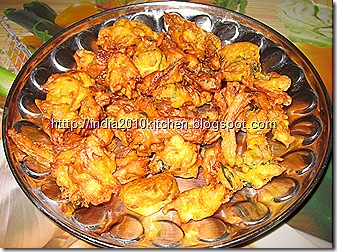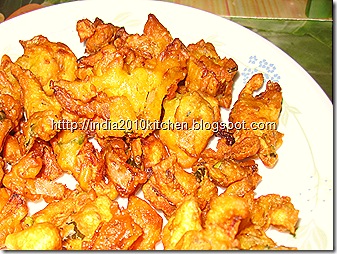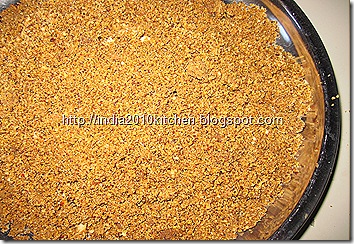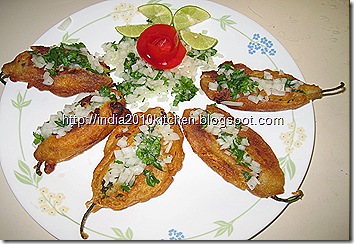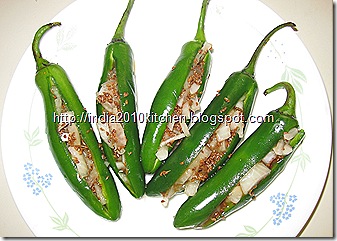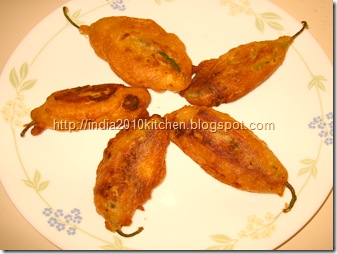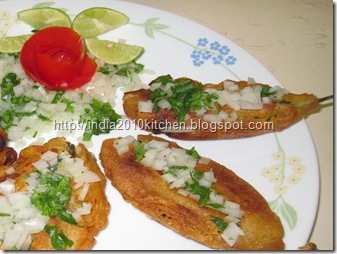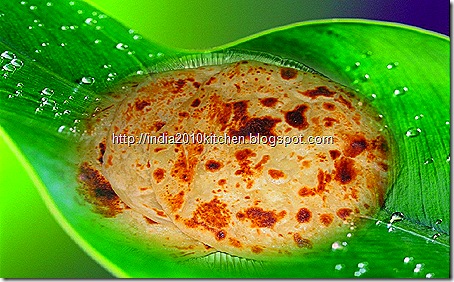
Malabar paratha, the very name itself makes the mouth water. Any dish from the Malabar region is a delicacy. The delectable gently cooked, mild flavored malabar recipes are a pride to South Indian cooking. The malabar cuisine is famous for the non vegetarian recipes. When it comes to the vegetarian dishes the Malabar parathas takes the top position. These layered flakey flat bread just melts away in your mouth. I call these the king of all the parathas. I have been eating these from my childhood, but never I knew the way these are made. After coming to USA I became a fan of the Pillsbury frozen malabar parathas. I searched all the sites to get the perfect recipe, but failed. There was one blog which gave a full lengthy, but exact restaurant version of the recipe. It is not possible for a normal housewife like me doing that version. At last I found a simple way in making the parathas. The parathas turned good, but I could not get the exact melting kind of parathas that we get in restaurants. Well I am totally satisfied with my try.
INGREDIENTS
- Maida (all purpose flour) 2 cups
- Salt to taste
- Sugar 1 tsp
- Milk 3 Tsp
- Cold Water to make the dough
- Oil 1/4 cup( for dough)
- Oil 4 Tsp(for frying parathas)
The main key for attaining perfect soft parathas lies in making the dough. Mixing dough for these parathas is an art by itself. First sift the flour and transfer it into a large mixing bowl. Now add 3 table spoons of oil and salt,sugar and mix them well. The flour should become crumbling. Now add the milk and mix well. Make the dough by adding water little by little. Make a very stiff dough, stiffer than the chapathi dough. Now by adding a table spoon of oil at a time knead the dough well. The kneading part is very important for attaining smooth parathas. The stiff dough should become a soft dough. Knead the dough for about 10 to 15 minutes. Now smear oil on the dough and let the dough rest for 15 minutes by covering with a cloth. The dough should look oily. After 15 minutes again knead the dough with some more oil. Now let the dough rest for 5 minutes. Your dough is now ready to make the parathas. Divide the dough into equal portions. Cover the dough with cloth and take each portion at a time before rolling.

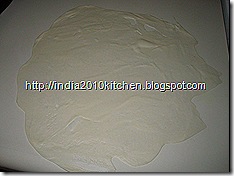
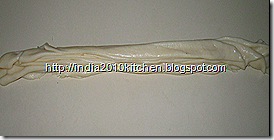 Take a portion of dough and roll it on a smooth surface As the dough is oily you can easily roll it without it sticking to the surface. If needed apply some oil to the rolling pin to roll it easily. Don’t use flour in rolling. Make it into a very thin chapathi. Don’t worry about the shape. The chapathi should be as thin as possible. See the above figure and that is how your chapathi should be. Now comes the important step. Smear some oil on the chapathi.Gently lift the chapathi from one side and fold the dough alternately, one fold to the above and one fold below. The folds should be just like the saree folds or the fan folds. Now it should look just like the one which is in above figure.
Take a portion of dough and roll it on a smooth surface As the dough is oily you can easily roll it without it sticking to the surface. If needed apply some oil to the rolling pin to roll it easily. Don’t use flour in rolling. Make it into a very thin chapathi. Don’t worry about the shape. The chapathi should be as thin as possible. See the above figure and that is how your chapathi should be. Now comes the important step. Smear some oil on the chapathi.Gently lift the chapathi from one side and fold the dough alternately, one fold to the above and one fold below. The folds should be just like the saree folds or the fan folds. Now it should look just like the one which is in above figure. 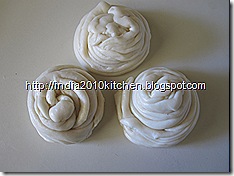
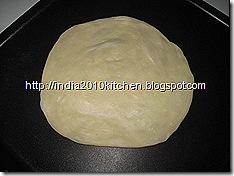
 Again roll it as a spring. Now it should look just like the above. Now smear some oil on to these rolls and flatten into a round paratha. This should be of 4 cms thick. For this final step if you know how to flatten the paratha with hands, do it that way. This way you can get spiral layered flakey paratha. Do not apply excessive pressure while doing the final step. On a hot tava gently fry the paratha on both the sides with some oil to golden brown. Now the delicious parathas are ready to be served with and any curry of your choice.TIPS
Again roll it as a spring. Now it should look just like the above. Now smear some oil on to these rolls and flatten into a round paratha. This should be of 4 cms thick. For this final step if you know how to flatten the paratha with hands, do it that way. This way you can get spiral layered flakey paratha. Do not apply excessive pressure while doing the final step. On a hot tava gently fry the paratha on both the sides with some oil to golden brown. Now the delicious parathas are ready to be served with and any curry of your choice.TIPS- I used oil for the whole process, you can use butter for a different taste.
- Use some green onions while mixing the dough to enhance the taste.
- A hand full of finely chopped vegetables of your choice can also be used while making the dough.(onions, leafy greens, cauliflower, cabbage etc).
